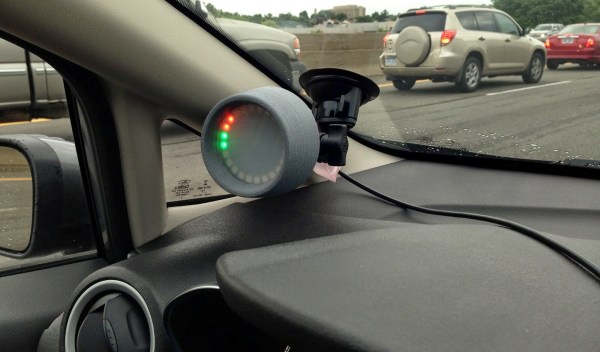Atop a small mountain in Colorado Springs sat the small, makeshift laboratory of Nikola Tesla. He chose this location because the air was thinner, and therefor more conductive. Tesla had come to believe that he could use the Earth as a conductor, and use it to send electrical power without the need for wires. Though some facts are forever lost, it is said that on a clear, moonless night, Tesla flipped the switch that fed millions of volts into a large coil that towered high into the air. He cackled maniacally as an eerie blue corona formed around the crackling instruments, while some 200 florescent bulbs began to glow over 25 miles away.
A magnificent feat took place in the hills of Colorado that night. A feat that surely would change the world in how it harnessed electricity. A feat that if brought to its full potential, could provide wireless power to every point on the globe. A feat that took place almost one hundred and twenty years ago…
Continue reading “Ask Hackaday: Global Energy Transmission – Can It Work?”












